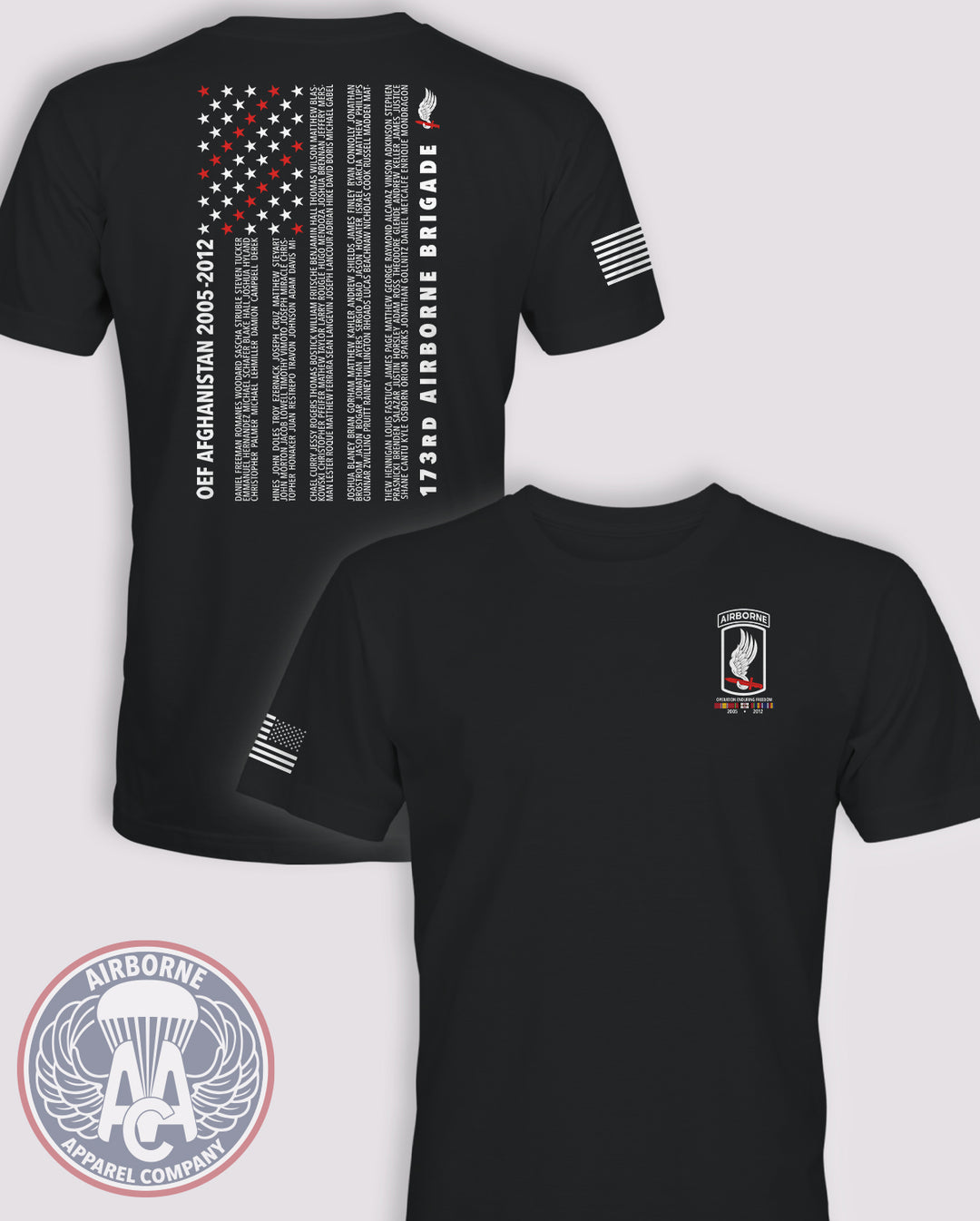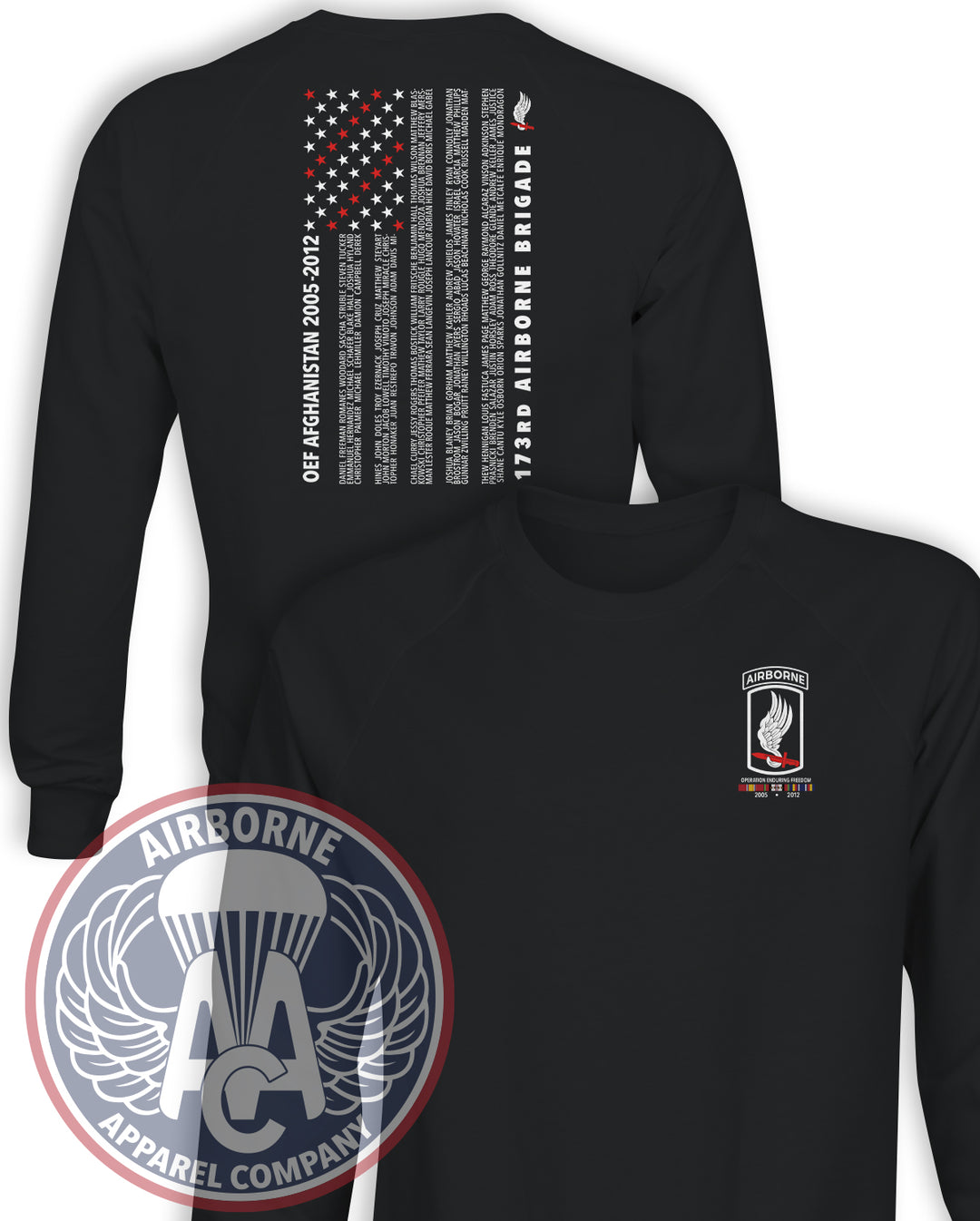Operation Enduring Freedom (OEF) was the official name of the U.S.-led campaign launched in response to the terrorist attacks of September 11, 2001. Beginning on October 7, 2001, OEF started with targeted air strikes against Taliban and al-Qaeda positions in Afghanistan, coupled with the rapid deployment of U.S. Special Operations Forces working alongside the Afghan Northern Alliance. Within weeks, the Taliban regime collapsed, Kabul was retaken, and al-Qaeda’s training camps were destroyed. The campaign marked the opening chapter of what became known as the Global War on Terror, showcasing the speed and precision of modern American and coalition forces.
Though Afghanistan was the central theater, Operation Enduring Freedom encompassed missions worldwide. Sub-operations included OEF-Philippines, which targeted extremist groups like Abu Sayyaf in the southern islands, OEF-Horn of Africa, which established a long-term presence in Djibouti to counter terrorism across East Africa, and smaller missions in the Trans-Sahara and beyond. This global reach reflected the reality that the war was not confined to one nation, but against a decentralized network of terrorist organizations. Throughout, U.S. Air Force, Navy, Army, and Marine units carried out joint operations, supported by coalition partners from NATO and dozens of allied nations.
Key battles during OEF demonstrated both the intensity and adaptability of U.S. forces. In December 2001, American and Afghan fighters engaged al-Qaeda in the mountains of Tora Bora, a fierce battle in which Osama bin Laden narrowly escaped. In March 2002, Operation Anaconda in the Shah-i-Kot Valley tested coalition coordination against entrenched enemy fighters. As the war stretched on, conventional units and elite formations alike—such as the 82nd and 101st Airborne Divisions, U.S. Army Rangers, Green Berets, Navy SEALs, Marine Expeditionary Units, and Air Force Special Tactics—played central roles in counterinsurgency campaigns. Airborne troops often secured key objectives in rugged terrain, while Special Operations forces led raids against high-value targets. The use of advanced drones, precision air power, and joint ground-air tactics all highlighted the technological and tactical evolution of warfare.
OEF also produced legendary leaders and moments of valor. Figures like General Tommy Franks, who oversaw the initial invasion as commander of U.S. Central Command, and later commanders such as General Stanley McChrystal and General David Petraeus, shaped the course of the war. Acts of heroism, including those recognized by the Medal of Honor—such as Navy SEAL Michael Murphy during Operation Red Wings in 2005—symbolized the sacrifices made by American service members. Across 13 years of sustained combat, more than 800,000 U.S. troops served in Afghanistan, many deploying multiple times.
By the time OEF officially ended on December 28, 2014, it had become the longest continuous combat operation in American history up to that point. The mission transitioned into Operation Freedom’s Sentinel, continuing counterterrorism and training roles until the final withdrawal from Afghanistan in 2021. Operation Enduring Freedom remains a defining campaign of the 21st century—one that tested U.S. resolve, reshaped military strategy, and created a generation of veterans whose service and sacrifices stand alongside the great campaigns of American history.
The Following American Soldiers were awarded the Congressional Medal of Honor for actions that took place during Operation Enduring Freedom:
| Name | Rank & Role | Unit / Affiliation (at time of action) | Citation Summary / Action |
|---|---|---|---|
| Ty M. Carter | Staff Sergeant / Scout | Bravo Troop, 3rd Squadron, 61st Cavalry Regiment, 4th Brigade Combat Team, 4th Infantry Division | SSG Carter ran multiple times through intense enemy fire to resupply ammunition, reinforced a forward position, and defended the Combat Outpost Keating during a large-scale attack on October 3, 2009. (Army) |
| Salvatore A. Giunta | Specialist (later Staff Sergeant) | Company B, 2nd Battalion (Airborne), 503d Infantry Regiment, 173rd Airborne Brigade Combat Team | SPC Giunta advanced under heavy fire to recover a wounded comrade during an ambush in the Korengal Valley on October 25, 2007, saving lives and preventing the enemy from capturing the soldier. (Army) |
| Florent A. Groberg | Captain / Personal Security Detachment Commander | Task Force Mountain Warrior, 4th Infantry Brigade Combat Team, 4th Infantry Division | CPT Groberg threw himself on a suicide bomber to shield others during an attack in Asadabad, Kunar Province on August 8, 2012. (Army) |
| Robert J. Miller | Staff Sergeant / Weapons Sergeant | Special Forces Operational Detachment Alpha 3312, Special Operations Task Force-33, Combined Joint Special Operations Task Force-Afghanistan | SSG Miller was fatally wounded while diverting enemy fire during a combat reconnaissance patrol in Konar Province on January 25, 2008, to allow others to escape. (Army) |
| Jared C. Monti | Sergeant First Class | 3rd Squadron, 71st Cavalry Regiment, 3rd Brigade Combat Team, 10th Mountain Division | SFC Monti was mortally wounded trying to rescue a downed soldier from intense small arms and RPG fire on June 21, 2006, in Nuristan province. (Wikipedia) |
| Earl D. Plumlee | Master Sergeant (Weapons Sergeant) | C Company, 4th Battalion, 1st Special Forces Group (Airborne) | MSG Plumlee responded immediately to a breach in the perimeter at Forward Operating Base Ghazni, engaging insurgents, saving fellow soldiers, and providing medical aid despite wounds. (Wikipedia) |







